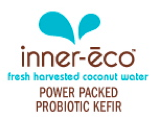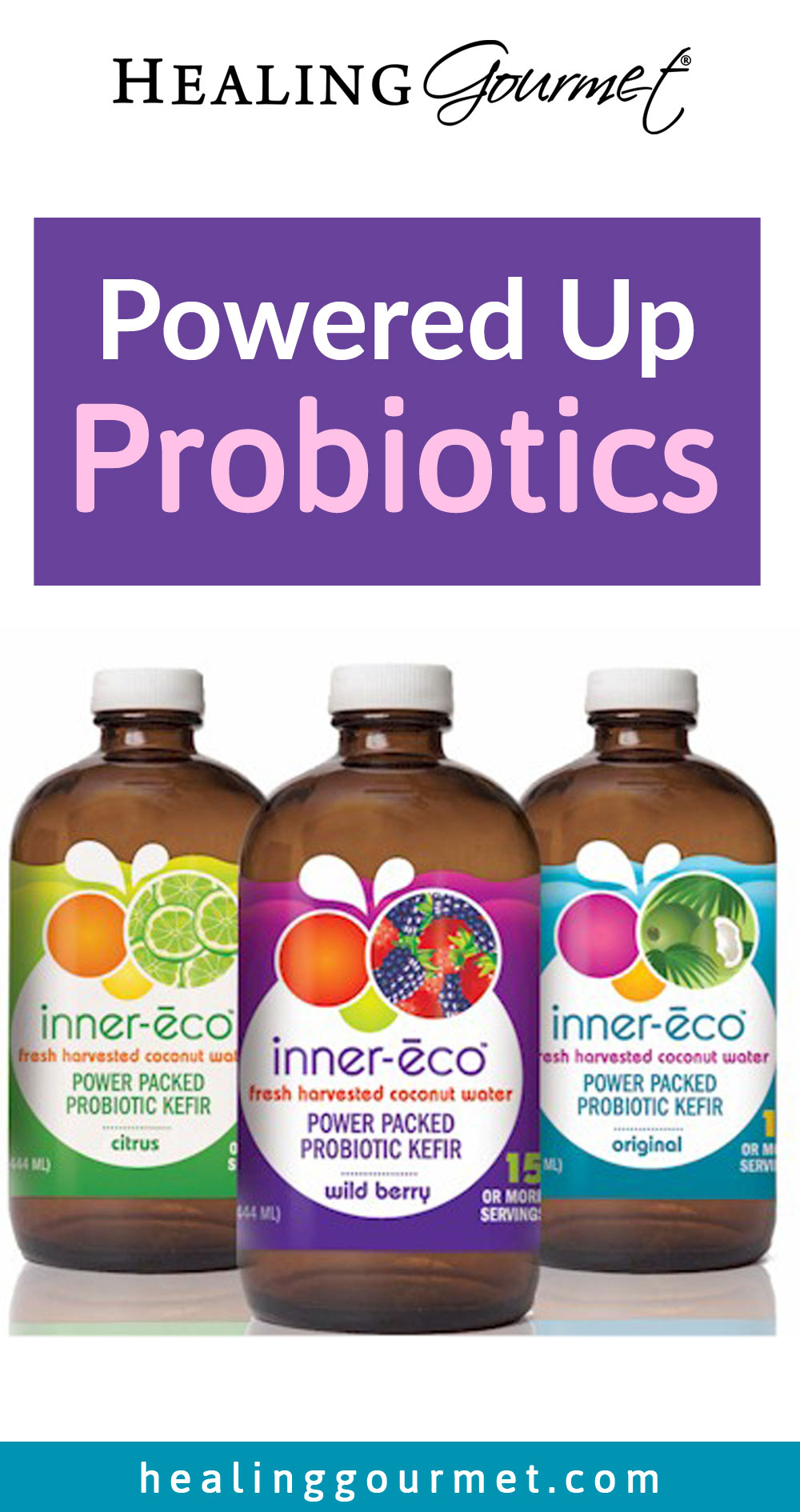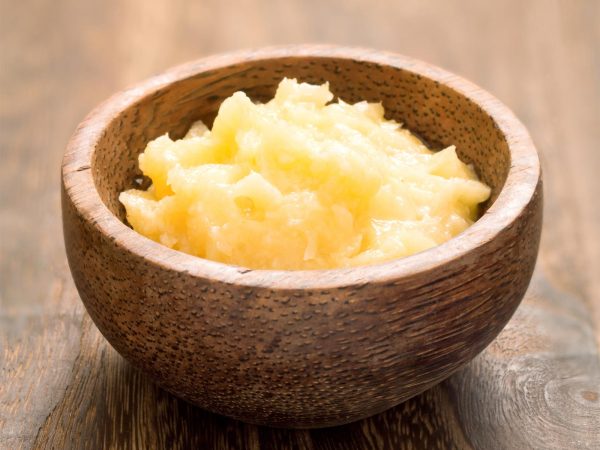Best Brand: Inner-Eco Probiotics
In a recent Healing Gourmet post (Could Antibiotics Make You Fat?), you learned about the big impact that your gut flora has on your health (including your risk of obesity).
You see, these “good bugs” perform hundreds of vital functions in your body. They:
- Synthesize vitamins (including the all-important B vitamins)
- Disarm carcinogens
- Train your immune system
- Regulate your hormones
- Break down pesticides
- Remove some of the anti-nutrients from grains and legumes
- Boost the bioavailability of nutrients, and
- Impact the way your body uses calories and stores fat
But in our modern world, it’s all too easy for your inner ecosystem to get out of balance. When pathogenic bacteria take over, the result can be a disaster for your health.
This can deplete your immunity. It can also cause allergies, auto-immune diseases, cancer, hormonal imbalances, the inability to lose weight and much more.
That’s why consuming some form of probiotic is critical. This can help to replenish the numbers of healthy gut bacteria in your gut. But the truth is that many probiotic foods and supplements are completely ineffective.
Are Your Probiotics D.O.A.?
If you read the small print on probiotic supplements, you may see something like: “20 billion colony forming units at time of manufacture”. The key words here are “at the time of manufacture”. The friendly bacteria found in these products are very fragile. They can be easily destroyed with the time and heat that comes with transit and storage.
That’s why it’s better to enjoy naturally fermented foods – like sauerkraut and kefir. But we’re not talking about the kind of sauerkraut you might buy in a can… or the kefir you might find in the cold dairy section of your local grocery store. In the case of sauerkraut, these products are vinegar-cured, instead of fermented. They don’t contain any of the “good bugs” you’re looking for.
And the kefir in the dairy section is usually heat-pasteurized. That may increase the shelf life. But it destroys most of the billions of friendly flora that would find in a raw, lacto-fermented version.
Unfortunately, acquiring real probiotic foods can be a challenge for many.
The Champagne of Probiotics
But a company called Inner-Eco has solved this problem with their line of coconut kefir products.
Kefir is Turkish for “good feeling”. This fermented milk beverage originated when shepherds of the Caucasus Mountains packed their milk in leather pouches, where it would ferment into a living food. Kefir is believed to be one of the main reasons that people of this region live such long (often over one hundred years) and disease-free lives.
But Inner Eco doesn’t use milk to make their kefir. Instead, they use freshly harvested coconut water from young green coconuts. They add the kefir culture and let the fermentation process work its microbial magic.
The result is a delicious, dairy-free, gluten-free, soy-free, vegan and 100% natural probiotic product. Best of all, it is lab tested to contain an average of over 100 billion live, health-supporting cultures per serving.
That’s as much as five to 10 times the number of live and active flora that are contained in most probiotic “supplements.” And it’s just a fraction of the cost. You can pick up a 30-serving bottle in the refrigerated section of Whole Foods for just $16.99. That’s about half the cost of many probiotic supplements.
And the taste? I like to think of it as probiotic champagne. It’s light and effervescent. It’s delicious by the spoonful – right out of the bottle. Or you can add it to smoothies and juice drinks for a powerful probiotic punch.
Pick up a bottle of Inner-Eco in their Original, Wild Berry or Tropical flavor to make your friendly flora flourish today!
Inner-Eco Strawberries & “Champagne” Smoothie
Ingredients
- ¼ cup coconut milk (full fat)
- 1/2 cup filtered or spring water
- ¼ cup sparkling mineral water
- 8 frozen organic strawberries
- 1 scoop protein powder
- 1 Tbsp. Inner-Eco Original
- Stevia (to taste)
Preparation
- Add the strawberries, protein powder, spring water and coconut milk to a blender.
- Blend on high.
- Then slowly add the sparkling water and Inner Eco.
- Sweeten with stevia and enjoy!





I really enjoyed this informative article! Thank you! A quick question, doesn’t the healthy bacteria in Inner Eco just become digested in the stomach? I’ve read some probiotics have enteric coating. Any thoughts?
Hi Diana,
Thank you for the kind comments and your question.
From my research on the microbiome, it is my understanding that our body benefits most by being exposed to a wide variety of health-promoting microorganisms, most of which are acquired via the mouth as food (not as an enteric-coated supplement). This means lacto-fermented sauerkraut, kimchi, yogurt, kefir, etc. – all of which have unique microbial profiles. In fact, one of the key factors in the population-wide decline in gut (and overall) health in our modern society is due to a lack of diversity in our microbiome. This stems from antibiotic use, chlorinated water, lack of breastfeeding and natural births, etc. A great book on this topic is called “Missing Microbes” by Martin Blaser, MD.
With this said, I am a firm believer in getting probiotics from numerous food-based sources, as well as taking a high quality probiotic supplement (Inner Eco, probiotic capsules) and enjoying lots of fiber-rich veggies and berries that act as prebiotics and act as food for our friendly gut bugs. With the prevalence of antibiotic resistance and “superbugs”, the importance of maintaining or restoring gut health can’t be overstated.
I hope this answers your question and wish you the best of health!
Kelley
Kelly ,
What is your best advice on healing 15 yr old cystic acne ?
Hi Tina,
This one hits close to home for me. As a teen, I had skin problems that worsened severely after doing the dermatologist’s protocol of antibiotics, harsh topicals and finally, when it got really bad, poisonous Accutane. It was terrible and I hope that you can avoid that route. There are natural alternatives that truly work.
I now know that acne is a result of dysbiosis and eating high glycemic/high sugar foods. Getting the microbiome in balance is key (lacto-fermented foods, probiotics), as is balancing blood sugar and focusing on healthy fats (omega 3 and monounsaturated especially). A fat-rich Paleo diet is ideal for skin health. You may also want to look into food allergies and intolerances as a contributing factor (dairy can be especially problematic).
Blue light therapy (which kills Propionibacterium acnes bacteria), gentle facial massage with warm olive or coconut oil (circular motion for 5 minutes removes comedones and provides antibacterial action) and galvanic facials from an aesthetician can all help tremendously to calm the skin and heal eruptions.
I hope this helps! Please let me know how it goes!
Kelley
I became very itchy after taking Inner Eco (strawberry, yum!). Should i discontinue completely or lower dosage? I was taking 1 tablespoon every morning. By the first afternoon i felt itchy on my face and neck. 3 days later and I’m itchy everywhere and decided to research and skip my dose this morning. Any advice?
Hi Cheryl!
That doesn’t sound like much fun. We do not provide medical advice, so please discuss with your doctor. If it were me, I would not take any more – it sounds like it could be an allergy (maybe to coconut or the flavors) or a possible histamine intolerance issue.
Be Well,
Kelley
Hello Kelly
How many times a day can I take this probiotic
My husband and I have been taking inner Ecco for over a year and a half. Recently we both became very iitzhy internally and outwardly on our skin. My husband broke out in a rash and the itch was driving him insane. Mine wasn’t as bad. I was suspicious about the inner Ecco so we stopped taking it. After a few days the itch has lessened for him but Mine cleared up totally. I had what felt like a bowel infection while taking it recently and now wonder if we could have gotten a bad batch? We have stopped it totally and symptoms have disappeared. Now I am concerned about a friend I recommended it to. He is itchy as well and has a rash.
Hi Janet!
Sorry to hear about your experience. Have you contacted the company? That would be my very first step.
Also, did you see Cheryl’s comment on here regarding the same?
You may also want to look into “histamine intolerance” – which can cause rashes and itching as a result of exposure to histamines. People with this issue can react to probiotics.
Be Well,
Kelley
What probiotic powder to you use/recommend in your cashew sourdough bread?